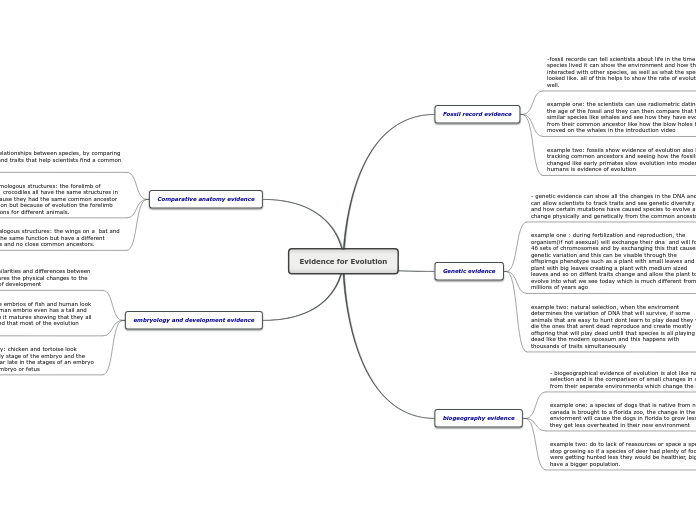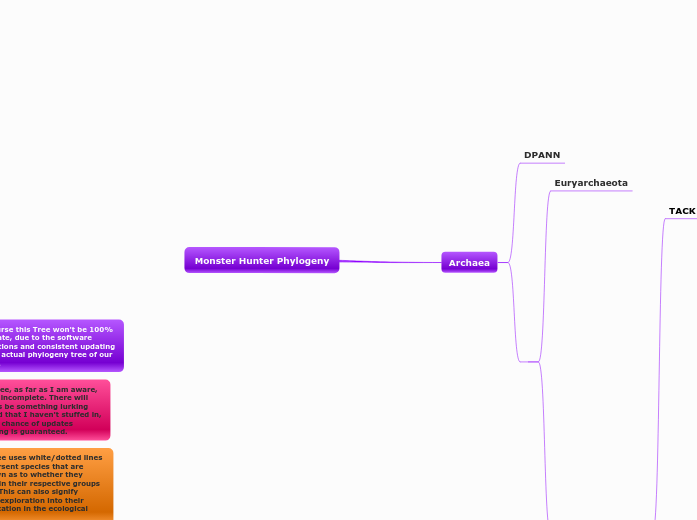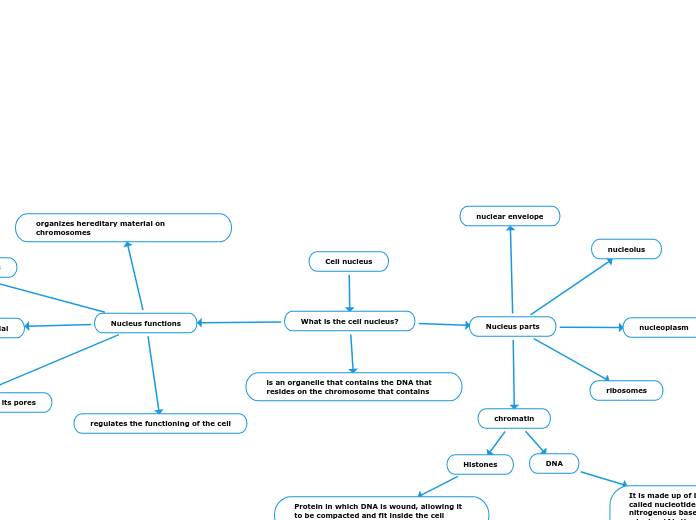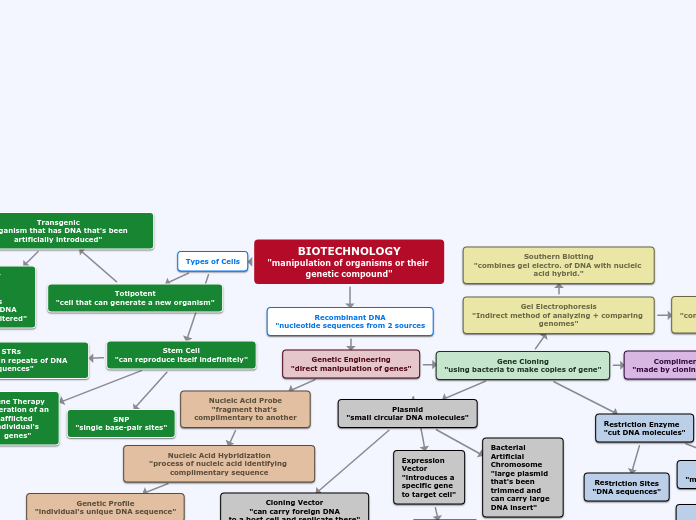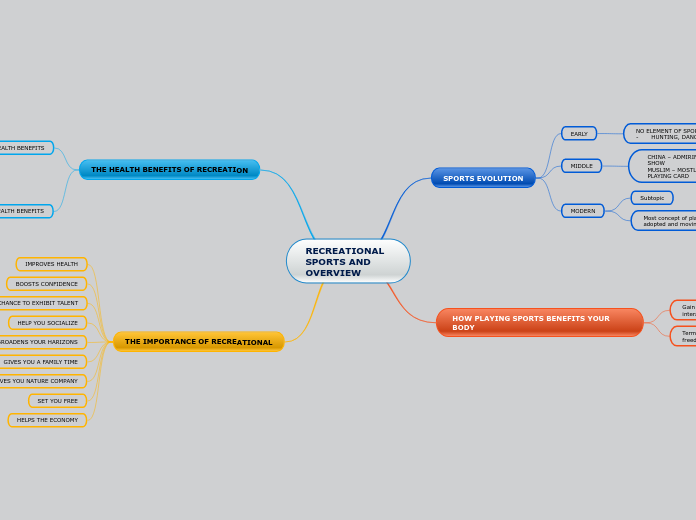door caleb otto 4 jaren geleden
321
Evidence for Evolution
Fossil records and genetic evidence are pivotal in understanding the process of evolution. Fossils provide a window into the past, revealing how species looked, their environments, and interactions.
